by Lisa Cooke | Nov 20, 2014 | 01 What's New, Ancestry, Brick Wall, DNA
“This is really the first time a DNA testing company has so fully integrated genetics and genealogy. We can now find cousins in the database who do not share our particular genetics, but who do share some of the genetics of our common ancestor. This is huge.” -Diane Southard, Your DNA Guide
I blogged a couple of weeks ago about some changes taking place over at AncestryDNA . You will recall that they are planning to slash your match list
. You will recall that they are planning to slash your match list 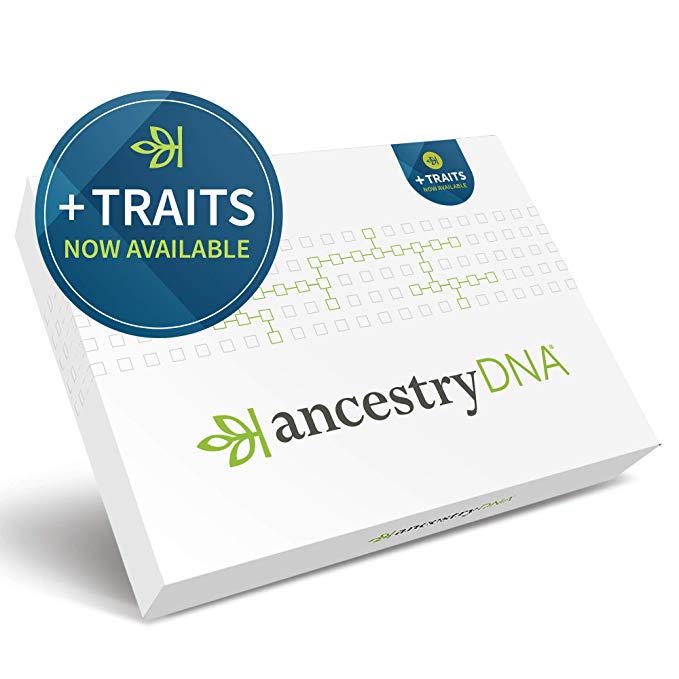 to allow only “invited guests” to your personal DNA party. (Read that post to be reminded why this is a good thing.)
to allow only “invited guests” to your personal DNA party. (Read that post to be reminded why this is a good thing.)
Ancestry has officially announced the launch of this feature update and reports that on average users will see an 80% reduction in the number of matches shown. I had a chance to look at the new site before it launched and one of my favorite features is the question mark that appears next to your match. Clicking on the question mark on your match page will bring up a menu of references to help you better understand the inner workings of matching at Ancestry, including those confidence levels that are a part of every relationship prediction. In this table below you can see that ancestry has tried to give you some fairly solid guidelines by which to assess the quality of your matches. You will want to focus on those matches with a confidence score of “High” or above to have the best chance of genealogical success. 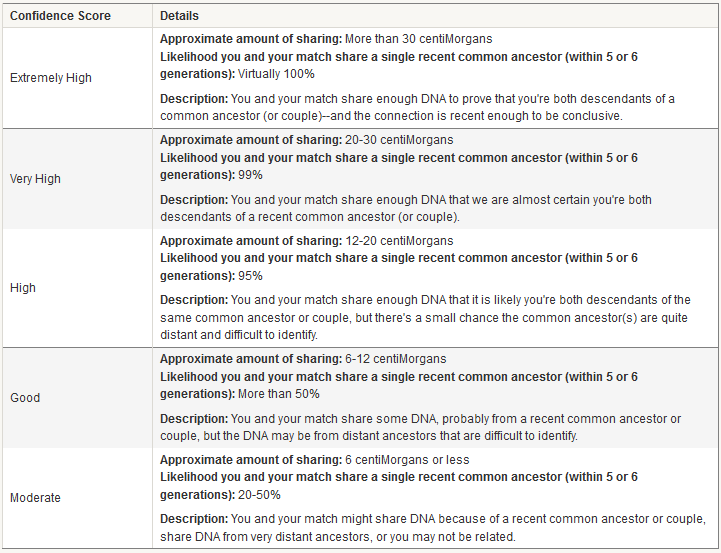 But an update to the matching feature is only the beginning of the new features at AncestryDNA
But an update to the matching feature is only the beginning of the new features at AncestryDNA . Today Ancestry announced “DNA Circles,” a tool that helps you identify others who share common ancestors with you. The new “DNA Circles” feature has the potential to impact the way you do genetic genealogy at Ancestry. Here’s why: Autosomal DNA (the kind that Ancestry is testing) has a spotty inheritance pattern. On average we only have half of the DNA of each of our parents, only 25% of our grandparents, only 12.5% of our great grandparents and so on. This means that AncestryDNA and its competitors (Family Tree DNA and 23andMe) are only able to genetically identify 50% of your genetic 4th cousins. This means that there could be 50% MORE people in these databases that you are actually related to, people that should have been invited to your DNA party, but didn’t have a ticket. Now with DNA Circles, there is a metaphorical “after-party.” After parties are “hosted” by one of your relatives. Ancestry searches your pedigree and that of your matches back 7 generations looking for suitable hosts. An ancestor qualifies as a host if they have two or more descendants who hold an invitation. At this after-party you can meet some of these long lost cousins that, while related to you, lost their ticket to your DNA party. After-party invitations are provided to those who meet three very important qualifications:
. Today Ancestry announced “DNA Circles,” a tool that helps you identify others who share common ancestors with you. The new “DNA Circles” feature has the potential to impact the way you do genetic genealogy at Ancestry. Here’s why: Autosomal DNA (the kind that Ancestry is testing) has a spotty inheritance pattern. On average we only have half of the DNA of each of our parents, only 25% of our grandparents, only 12.5% of our great grandparents and so on. This means that AncestryDNA and its competitors (Family Tree DNA and 23andMe) are only able to genetically identify 50% of your genetic 4th cousins. This means that there could be 50% MORE people in these databases that you are actually related to, people that should have been invited to your DNA party, but didn’t have a ticket. Now with DNA Circles, there is a metaphorical “after-party.” After parties are “hosted” by one of your relatives. Ancestry searches your pedigree and that of your matches back 7 generations looking for suitable hosts. An ancestor qualifies as a host if they have two or more descendants who hold an invitation. At this after-party you can meet some of these long lost cousins that, while related to you, lost their ticket to your DNA party. After-party invitations are provided to those who meet three very important qualifications:
- They have their DNA attached to their PUBLIC family tree.
- AND that PUBLIC family tree has the name of the hosting ancestor on it.
- AND this person shares DNA with at least one other person who also meets the above two criteria.
Here’s an example. Below is an image of the new AncestryDNA home page. You can see I am a part of two DNA Circles (some of you will be much more popular and invited to several after-parties. For me–just the two for now). Let’s take a closer look at my DNA Circle hosted by my paternal 5th great grandfather Minus Griggs (who knew the guy liked parties?!). 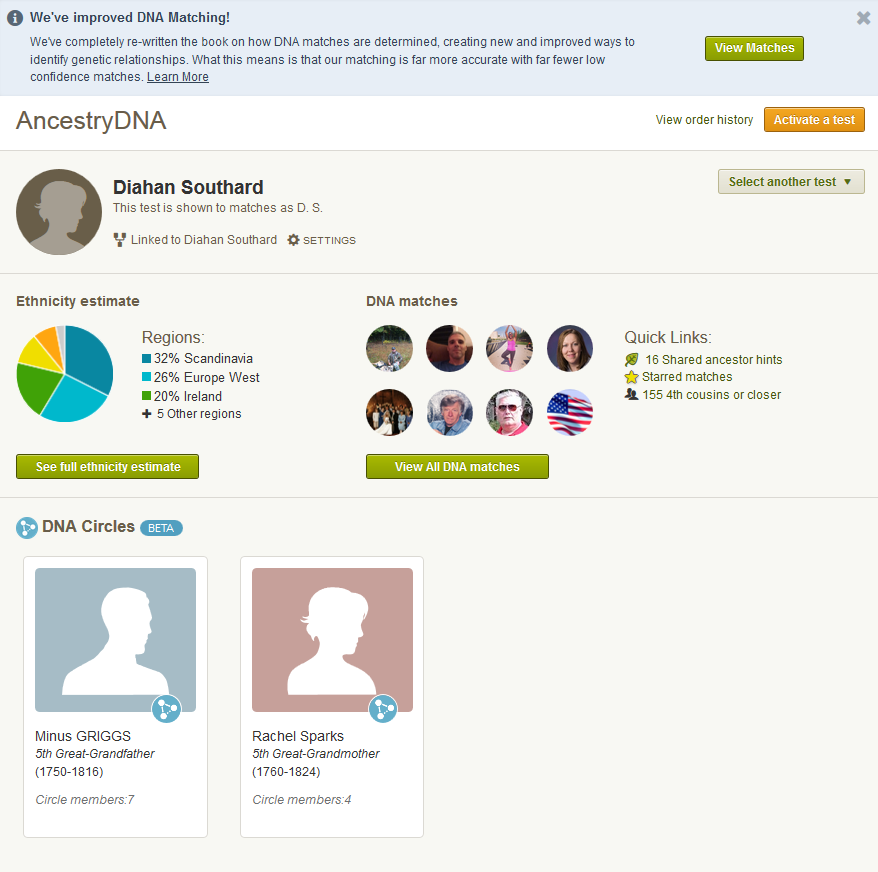 Clicking on the DNA circle brings up this page where there are three things I want to show you:
Clicking on the DNA circle brings up this page where there are three things I want to show you: 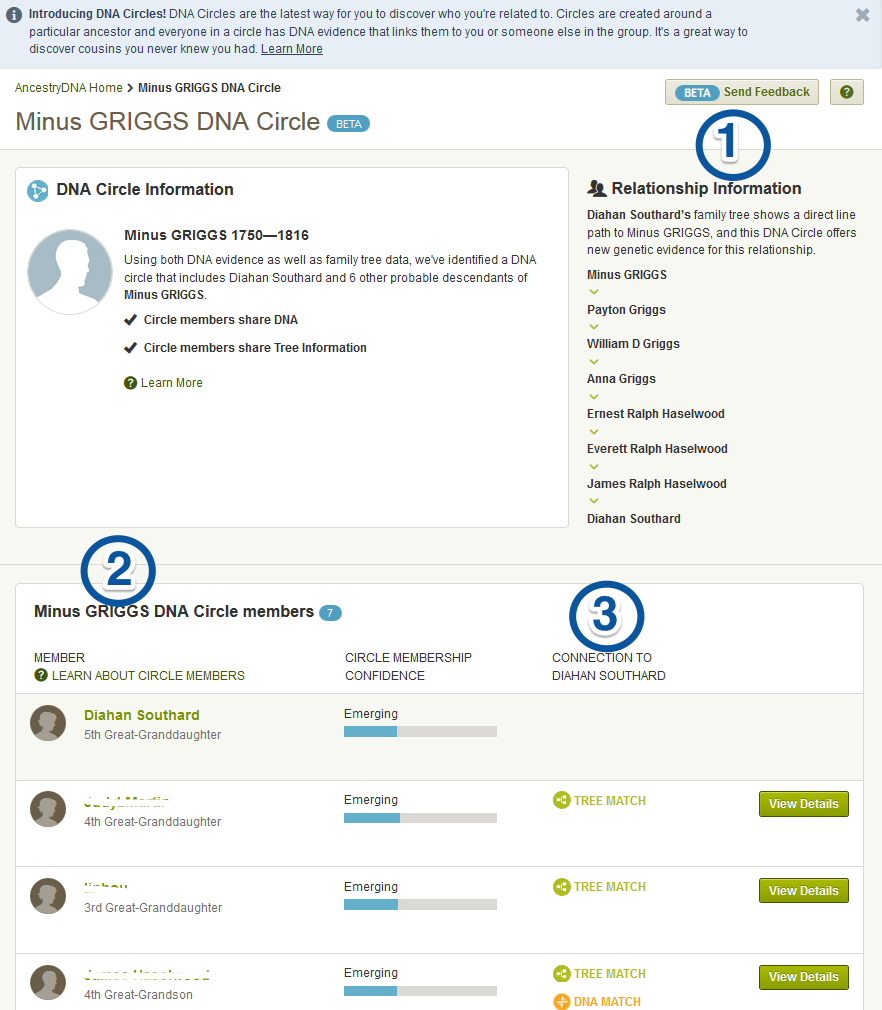
- This is your relationship to the host.
- This is a list of the individuals who have passed the three criteria listed above and have been invited to this after-party.
- This is the innovative part. You see that the first two matches (after me–I am listed first) have only “Tree Match” in this column. This means that these two people, both descendants of our host, Minus Griggs, didn’t ever appear on my DNA match list. We do not share enough DNA to be considered genetic relatives. However, the third member of the circle has the “DNA Match” designation, meaning that this match DOES appear on my match page. In fact, this is my ONLY DNA match in the circle (there are three others not shown here). That means that this DNA circle has connected me to FIVE other cousins. All because I share DNA and genealogy with the third member of this circle, and he shares DNA and genealogy with everyone else.
I can click on each circle member to see exactly how Ancestry THINKS we are related. This is my first opportunity to DOUBLE CHECK this relationship that Ancestry has handed me, to be sure that both my match and I really did receive tickets to the same after party.
Here is what that page looks like for me and one of my matches.
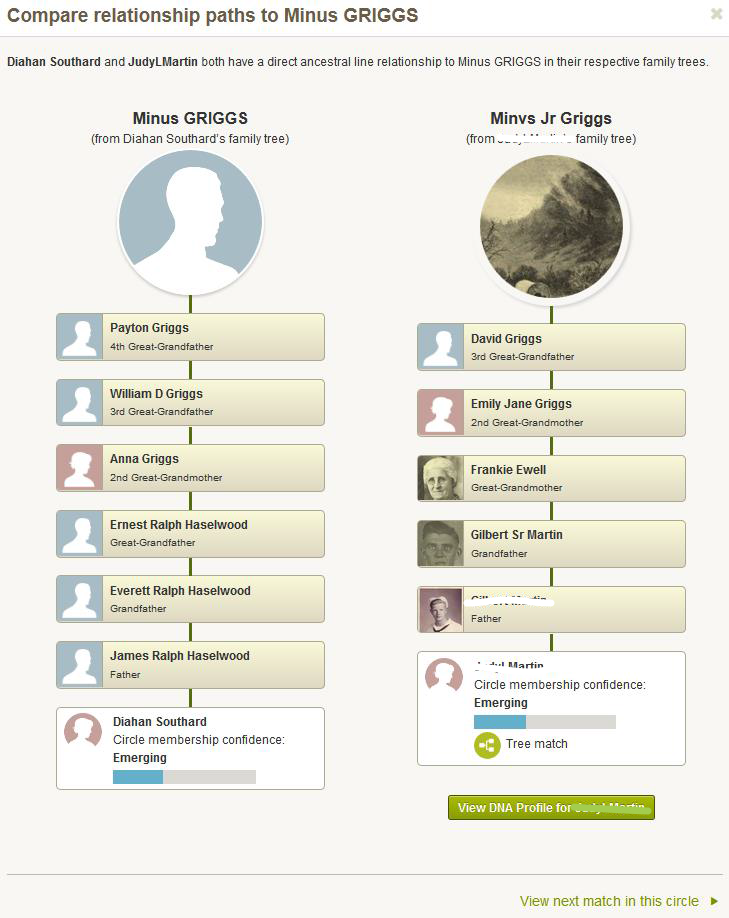 This is really the first time a DNA testing company has so fully integrated genetics and genealogy. We can now find cousins in the database who do not share our particular genetics, but who do share some of the genetics of our common ancestor. In my opinion, this is huge.
This is really the first time a DNA testing company has so fully integrated genetics and genealogy. We can now find cousins in the database who do not share our particular genetics, but who do share some of the genetics of our common ancestor. In my opinion, this is huge.
There is one catch, and it is going to be a big one for some of you. In order to see your DNA Circles, you have to be an Ancestry.com subscriber.
Even though I am excited about these changes, I can’t help but hope for just one step more. In order to identify these DNA Circles, Ancestry has identified pieces of DNA that can be fairly reliably assigned to a particular ancestor. There are likely others in the Ancestry database who have these pieces of DNA, we can call them partial tickets to the after-party, but who are lacking the second requirement: a pedigree documenting a relationship to that ancestor. I hope in the future the folks at Ancestry will honor those partial ticket holders, and allow them to the after-party, so we can sit around with our peanuts and pretzels and figure out how we are all related. Until then, I am going to enjoy the two after-parties hosted by my two generous ancestors.
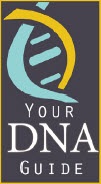 Ready to walk through the process of using DNA for your genealogy? Let me be your guide! Check out my quick
Ready to walk through the process of using DNA for your genealogy? Let me be your guide! Check out my quick 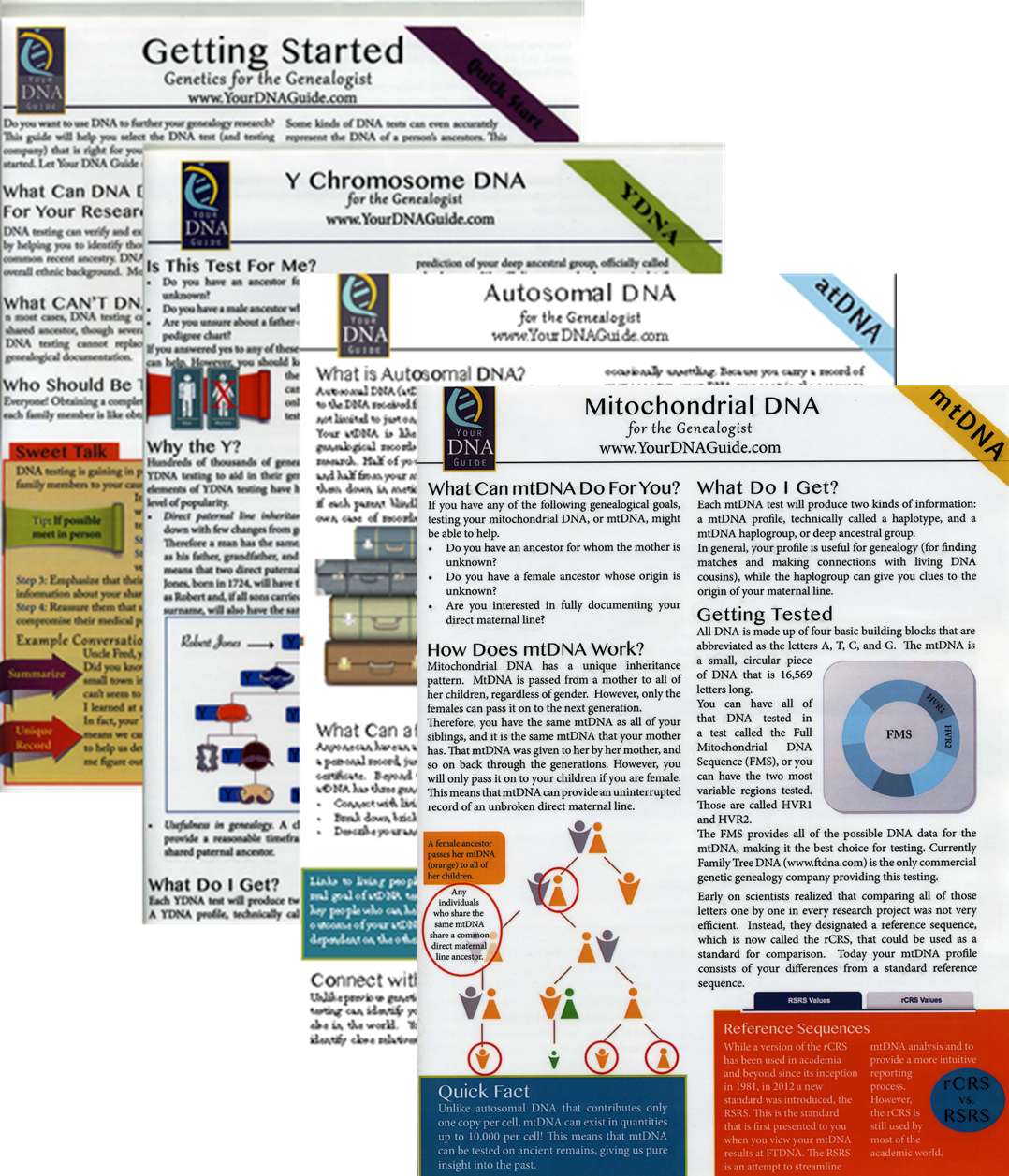 guides (left) Purchase each guide individually or pick up the bundle of all 4 for the best deal!
guides (left) Purchase each guide individually or pick up the bundle of all 4 for the best deal!
Visit my website to learn about expert consultations with me. You’ll get customized guidance on which tests to order and how to maximize your results for your genealogy research.
by Lisa Cooke | Nov 19, 2014 | 01 What's New, DNA, Family Tree Magazine, Genealogy TV
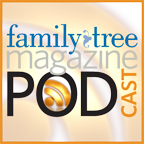 The newest episode of the Family Tree Magazine podcast is now online for your listening pleasure! Catch the latest news and a special spotlight on DNA with chats with THREE leading voices in genetic genealogy.
The newest episode of the Family Tree Magazine podcast is now online for your listening pleasure! Catch the latest news and a special spotlight on DNA with chats with THREE leading voices in genetic genealogy.
The latest and greatest in genetic genealogy!
It is so exciting to watch this industry move forward–so quickly and with such fantastic consequences for genealogists.
- Catch Lisa’s exclusive interview with genetic genealogist CeCe Moore, who talks about what it’s like to research for the PBS show “Finding Your Roots with Henry Louis Gates, Jr.”
- Lisa also gets a behind-the-scenes look at leading genetic genealogy company Family Tree DNA with founder Bennett Greenspan.
- Finally, Family Tree University’s resident DNA expert and instructor Blaine Bettinger talks about common misconceptions in using DNA for genealogy–and advice on using genetics to bust your brick walls.
News you can use and more
Of course, as usual in the Family Tree Magazine podcast, you’ll hear “News from the Blogosphere” with Editor Diane Haddad, and Lisa stops by the Publisher’s Desk to chat with Allison Dolan, who shares some perspective on the evolution of DNA testing for genealogists.
by Lisa Cooke | Nov 18, 2014 | 01 What's New, Ancestry, Book Club, Craft & Displays, Digital Archives, DNA, Genealogy Gems Podcast, German, Inspiration, Military, MyHeritage, Records & databases
 “We all need a little inspiration now and then!”
“We all need a little inspiration now and then!”
That’s Lisa’s theme for the recently-released FREE Genealogy Gems podcast episode 173 (click here for the podcast in iTunes, and here for how to our app). Here are the highlights:
- Lisa talks about creating family history ambiance in her new home office. The podcast episode page includes a picture of her new heritage display. (I love the vintage cameras and family photos.)
- Catch Diahan Southard chatting about exciting updates to autosomal DNA research at AncestryDNA.com.
- We hear from a listener with an inspiring story about using MyHeritage.com. If you still mentally categorize MyHeritage as “best for non-US only” research, check out this story of discovering a Civil War casualty in her family through MyHeritage. (Did you catch our recent post about the new institutional MyHeritage access at FamilySearch Centers?)
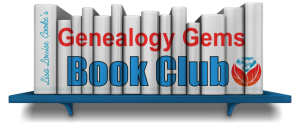 Lisa and I chat about the fantastic response we’re hearing to the launch of the NEW Genealogy Gems Book Club and some additional reading suggestions from listeners. Click here to read about books recommended by two of YOU.
Lisa and I chat about the fantastic response we’re hearing to the launch of the NEW Genealogy Gems Book Club and some additional reading suggestions from listeners. Click here to read about books recommended by two of YOU.- Finally, catch our link to a story about a couple who is celebrating 80 years of marriage. If that’s not inspiring, I don’t know what is!
Finally, in this episode Lisa also catches us up on some exciting news: a digital WWI archive on Europeana; newly-available German records the 1865 New York (US) state census online; and plans to digitize important Indiana records. Catch up on all the great news and get inspired in Genealogy Gems podcast 173!

by Lisa Cooke | Nov 13, 2014 | 01 What's New, Ancestry, DNA, Gifts, Records & databases
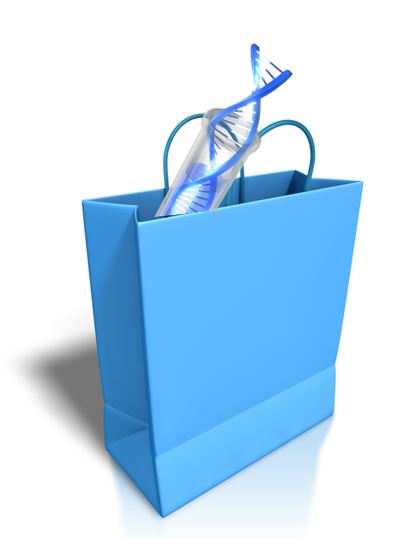 Savvy shopping can save you money and time. So what does savvy DNA shopping look like? Genetic genealogy tests–yDNA, autosomal and mDNA–do require a financial investment. They aren’t cheap. But they can save you hours of traditional research and give you results that no paper trail may provide.
Savvy shopping can save you money and time. So what does savvy DNA shopping look like? Genetic genealogy tests–yDNA, autosomal and mDNA–do require a financial investment. They aren’t cheap. But they can save you hours of traditional research and give you results that no paper trail may provide.
Three main companies are currently selling autosomal DNA tests (that’s the test that is not limited to a direct maternal or a direct paternal line, and that can help you find genetic cousins with connections back as far as six or seven generations). Those three companies, 23andMe.com, DNA Ancestry and Family Tree DNA are all competing for you genetic genealogy dollar. All offer a good service, and it can be difficult to decide who to give your $99 to.
and Family Tree DNA are all competing for you genetic genealogy dollar. All offer a good service, and it can be difficult to decide who to give your $99 to.
When your success or failure in finding matches depends entirely on who else has also been tested, it would be nice to have a crystal ball to tell you which testing company has the most participants who are useful to your research. FTDNA has no crystal ball, but they now are offering a reasonable substitute: FREE access to their database for anyone who has test results from 23andMe (if you received results before November of 2013) and AncestryDNA . Yes, I said FREE!
. Yes, I said FREE!
There are conditions. You can see your first 20 matches (but they can’t see you), and try out some of the tools that FTDNA has to help you identify how you are related to others. To have full access to the tools and results, you can pay $38, or just recruit four of your family members or friends to transfer, and then your transfer is FREE.
So, if you have been tested by Ancestry or 23andMe, run, don’t walk, to transfer your Y-DNA results to Family Tree DNA and take a look inside their version of the crystal ball. If you haven’t “done DNA” yet, currently the best option is to be tested with AncestryDNA and then transfer to FTDNA.” (watch for holiday sales, which would probably drop the price to $79). This gives you access to TWO databases of potential relatives for around $110–if you are a savvy shopper!
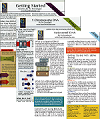
Final DNA shopping tip: be an educated consumer! Check out these quick guides I wrote to help genealogists find and use the DNA products that will help their research. Purchase each guide individually or pick up all 4 for the best deal!
Visit my website to learn about expert consultations with me. You’ll get customized guidance on which tests to order and how to maximize your results for your genealogy research.
by | Oct 24, 2014 | 01 What's New, Ancestry, DNA, Jewish
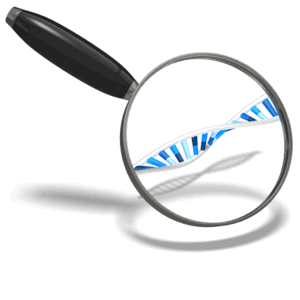 Ancestry.com has improved the ability of AncestryDNA to find good matches for Jewish, Hispanic and other ancestries that maybe weren’t so precise before. Here’s the lowdown, quoted liberally from Ancestry.com’s press release:
Ancestry.com has improved the ability of AncestryDNA to find good matches for Jewish, Hispanic and other ancestries that maybe weren’t so precise before. Here’s the lowdown, quoted liberally from Ancestry.com’s press release:
The problem: Predicting genetic relatives among customers of Jewish and Hispanic descent and some other groups. “In DNA matching, we are looking for pieces of DNA that appear identical between individuals,” says the release. “For genealogy research we’re interested in DNA that’s identical because we’re both descended from a recent common ancestor. We call this identical by descent (IBD). This is what helps us to make new discoveries in finding new relatives, new ancestors, and collaborating on our research.”
“However, we also find pieces of DNA that are identical for another reason. At one extreme we find pieces of DNA that are identical because it is essential for human survival. At the other, we find pieces of DNA that are identical because two people are of the same ethnicity. We call these segments identical by state (IBS) because the piece of DNA is identical for a reason other than a recent common ancestor. This, we have found, often happens in individuals of Jewish descent.”
“The challenge in DNA matching is to tease apart which segments are IBD, and which ones are IBS….Most Jewish customers find that we predict them to be related to nearly every other Jewish customer in the database….Detecting which cousin matches were real and which ones were bogus has always been a challenge for these populations.”
First step toward a solution: “By studying patterns of matches across our more than half a million AncestryDNA customers, we found that in certain places of the genome, thousands of people were being estimated to share DNA with one another–likely a hallmark of a common ethnicity. Our scientific advancements… have allowed us to effectively “pan for gold” in our matches–by throwing out matches that appear to only be IBS, and keeping those that are IBD.”
“While the problem was more pronounced in customers of Jewish and some Hispanic descents, we observed this problem across all ethnic groups. So, all customers will see increased accuracy of their DNA matches, and significantly fewer ‘false’ matches.”
AncestryDNA results with better matches found by this method “will be available in the coming months,” says the release. They plan to email existing customers when results are ready.
 Are you pursuing DNA testing on your family tree (or do you want to get started)? Our inexpensive quick guides can help! These guides are laminated and can be shipped throughout the U.S.
Are you pursuing DNA testing on your family tree (or do you want to get started)? Our inexpensive quick guides can help! These guides are laminated and can be shipped throughout the U.S.
. You will recall that they are planning to slash your match list
 to allow only “invited guests” to your personal DNA party. (Read that post to be reminded why this is a good thing.)
to allow only “invited guests” to your personal DNA party. (Read that post to be reminded why this is a good thing.) But an update to the matching feature is only the beginning of the new features at AncestryDNA
But an update to the matching feature is only the beginning of the new features at AncestryDNA. Today Ancestry announced “DNA Circles,” a tool that helps you identify others who share common ancestors with you. The new “DNA Circles” feature has the potential to impact the way you do genetic genealogy at Ancestry. Here’s why: Autosomal DNA (the kind that Ancestry is testing) has a spotty inheritance pattern. On average we only have half of the DNA of each of our parents, only 25% of our grandparents, only 12.5% of our great grandparents and so on. This means that AncestryDNA and its competitors (Family Tree DNA and 23andMe) are only able to genetically identify 50% of your genetic 4th cousins. This means that there could be 50% MORE people in these databases that you are actually related to, people that should have been invited to your DNA party, but didn’t have a ticket. Now with DNA Circles, there is a metaphorical “after-party.” After parties are “hosted” by one of your relatives. Ancestry searches your pedigree and that of your matches back 7 generations looking for suitable hosts. An ancestor qualifies as a host if they have two or more descendants who hold an invitation. At this after-party you can meet some of these long lost cousins that, while related to you, lost their ticket to your DNA party. After-party invitations are provided to those who meet three very important qualifications:
 Clicking on the DNA circle brings up this page where there are three things I want to show you:
Clicking on the DNA circle brings up this page where there are three things I want to show you: 
 This is really the first time a DNA testing company has so fully integrated genetics and genealogy. We can now find cousins in the database who do not share our particular genetics, but who do share some of the genetics of our common ancestor. In my opinion, this is huge.
This is really the first time a DNA testing company has so fully integrated genetics and genealogy. We can now find cousins in the database who do not share our particular genetics, but who do share some of the genetics of our common ancestor. In my opinion, this is huge.  Ready to walk through the process of using DNA for your genealogy? Let me be your guide! Check out my quick
Ready to walk through the process of using DNA for your genealogy? Let me be your guide! Check out my quick  guides (left) Purchase each guide individually or pick up the bundle of all 4 for the best deal!
guides (left) Purchase each guide individually or pick up the bundle of all 4 for the best deal!











